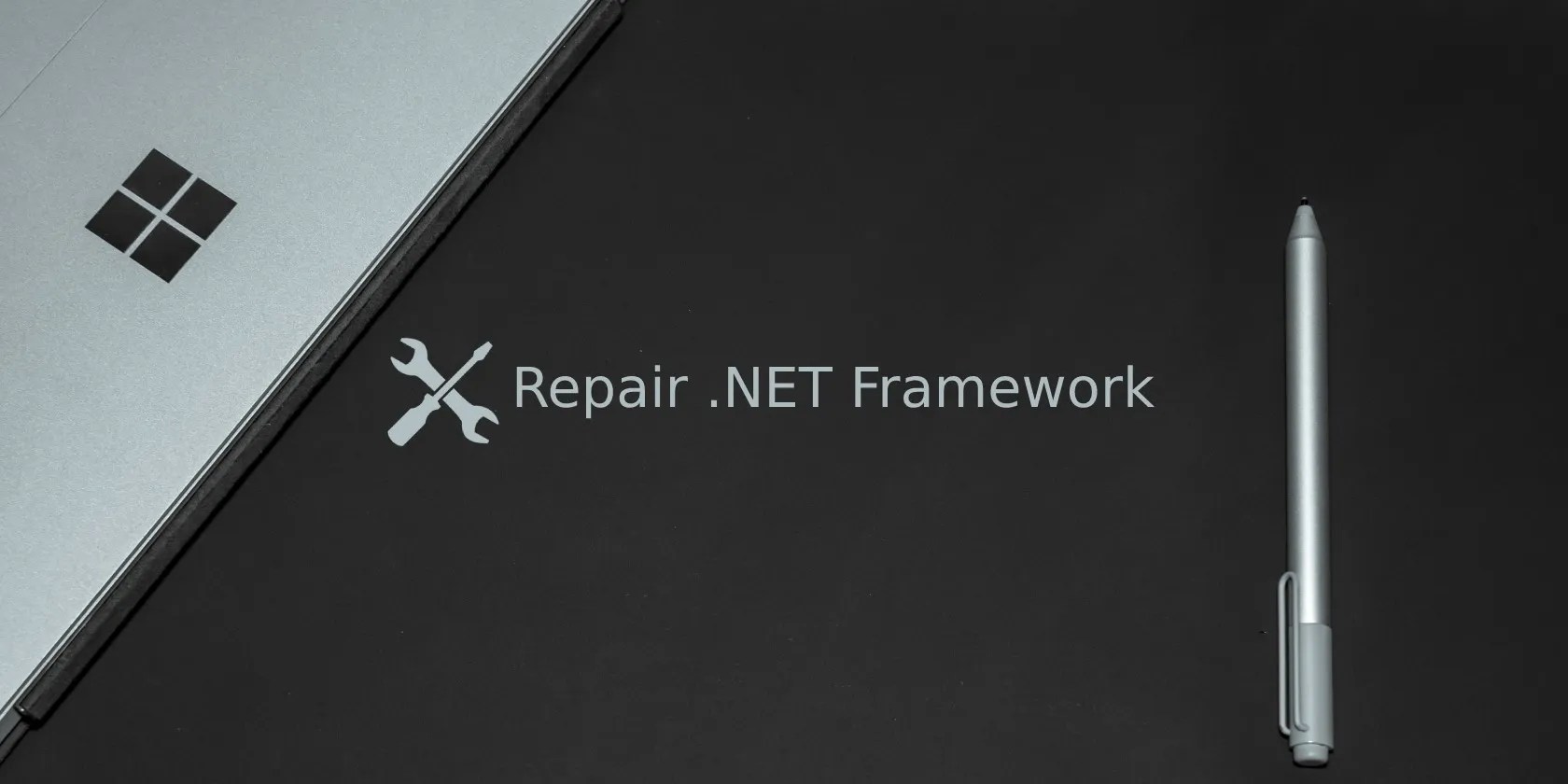How to Fix the Microsoft .NET Framework 4 Installation Error “0x800c0006” on Windows
While trying to download the Microsoft .NET Framework 4 tool, you suddenly bump into an error message that reads, “The .NET Framework 4 installation did not succeed—the download failed with error code 0x800c0006.” Don’t worry—we’re here to help!
We’ll explore what .NET Framework is, what causes the issue at hand, and how you could resolve it.

What Is .NET Framework 4?
The .NET Framework is a software framework developed by Microsoft. It runs primarily on Windows and provides a runtime environment for building and running applications.
The .NET Framework supports multiple programming languages, such as C#, F#, and Visual Basic .NET (VB.NET). Meanwhile, .NET Framework 4 is simply a version of the .NET Framework. It was released in 2010 and is the successor to .NET Framework 3.5.

Unlike the previous .NET Framework versions, .NET Framework 4 supports parallel computing (a type of computing that uses multiple processors simultaneously). Also, .NET Framework 4 helps improve the performance of computationally intensive tasks, such as simulations and data processing.
Clearly, the .NET Framework 4 Framework tool plays a vital role on your PC. Now, let’s find out why you’re struggling to install this feature.

What Causes the Microsoft .NET Framework 4 Error Code “0x800c0006”?
Here are all the possible causes of the “.NET Framework 4” installation error:
Now, let’s check out how you can tackle the .NET Framework 4 error code “0x800c0006.”

1. Check Your Internet Connection and Test Your Wi-Fi Speed
When installing the .NET Framework 4 tool, always ensure that you have a stable internet connection. Otherwise, some of the tool’s packages might not install properly.
To ensure that you have a stable internet connection,test your Wi-Fi speed. If the internet speed is okay, refresh your internet connection to tackle the issue at hand.

Now, here are the steps for refreshing an internet connection on Windows:
If the problem persists, then maybe you’re not downloading the .NET Framework 4 the right way. But lucky for you, we’ll take you through the entire process you should follow.
2. Download .NET Framework 4 the Right Way
The best way to download this tool is by using the “.NET Framework 4 (Web Installer)” option. But don’t forget that the installation requires a strong and stable internet connection.
Also, ensure that you download the tool from the Microsoft website and not anywhere else.
Now, here are the steps for downloading and installing the .NET Framework 4 tool:
Navigate to the folder containing the downloaded file. From there, double-click thedotNetFx40_Full_setupfile and follow the on-screen instructions to install the tool.
Finally, restart your device when you’re done with the installation process.
3. Use the .NET Framework 4 “Offline” Installer
If the “Web Installer” option gives you issues, then try downloading the tool offline using the “Standalone Installer” option. This method should also help in case you’re experiencing internet connection problems.
Here’s how to download the .NET Framework 4 package via the “offline” method:
Navigate to the folder containing the downloaded file. Next, double-click thedotNetFx40_Full_x86_x64file and follow the on-screen instructions. Finally, restart your PC to save the changes.
4. Unblock the .NET Framework 4 Installation on Your PC
Is the “download” process smooth and seamless on the Microsoft website? Do you only run into issues when you get to the “installation” stage?
If so, then there’s a high chance that the installation is blocked on your device. So, let’s show you how you can tackle this issue:
ClickApplyand then clickOKto save the changes.
When you’re done, try installing the file again and see if that helps.
5. Enable All the .NET Framework Options on Your PC
Still struggling to resolve the “.NET Framework 4” error? Then maybe some of the .NET Framework options on your device have been disabled. In this case, enabling these features could tackle the problem.
Here are the steps for enabling the .NET Framework features on Windows:
ClickOKto save these changes.
Wait for the process to complete, and then click theRestart nowbutton.
6. Use a Restore Point, Update Windows, or Disable Antivirus Software
If you still can’t resolve the issue, then you’re likely dealing with a system bug. So, let’s explore some solutions that could help.
Firstly,use a restore pointand see if that helps. A restore point takes your system back to a certain previous state and gets rid of issues. In this case, this method could get rid of any recent system bugs that are causing this issue.
If that doesn’t help, then tryupdating your Windows PC. This is another method that helps get rid of system bugs that cause various errors.
And as a last resort, try tackling the issue at hand by temporarily disabling your antivirus software. In most cases, antivirus programs prevent you from downloading and installing certain files (even if those files are harmless).
Your .NET Framework 4 Errors, Now Fixed
It’s quite irritating when you bump into error messages like the “.NET Framework 4” installation issue. But lucky for you, we’ve covered all the solutions that can help you tackle this problem.
In most cases, using the “offline” installer might be the best way to tackle the “.NET Framework 4” error. But if that doesn’t help, then try any of the other tips in this article. And if you run into more .NET Framework issues, there are tons of other solutions out there that can help.
The .NET Framework is essential for some Windows apps, so here’s how to repair it if something goes wrong.
Not Linux, not Windows. Something better.
My foolproof plan is to use Windows 10 until 2030, with the latest security updates.
Taming data is easier than it looks.
The fix was buried in one tiny toggle.
Not all true crime is about hacking, slashing, and gore.